10 Essential Omnichannel Retail Trends That Brands Must Capitalize On
Over the past few years, "omnichannel" has become a buzzword in the business world. The pandemic sped up its adoption as retailers, coffee shops, and restaurants realised how crucial it is to connect with customers on multiple fronts. With physical locations closing temporarily, businesses had to get creative and use every available channel to keep in touch and drive sales.
Many businesses quickly added new channels during the pandemic, but keeping them running smoothly is another challenge. It's no wonder that 80 per cent of companies that expanded their channels planned to stick with them.
Now, as we move beyond the pandemic, the omnichannel trend is here to stay. Customers have grown accustomed to the convenience and flexibility of interacting with brands through various platforms. Businesses that continue to innovate and optimise their omnichannel strategies will thrive in this new landscape, meeting customer expectations and staying ahead of the competition.
Omnichannel strategies aren't just a quick fix. Even before the pandemic, businesses were finding new ways to reach their customers. The events of the past few years just gave this trend a big push, making omnichannel approaches essential for staying connected with consumers through any disruption.
So, let’s take a look at some of today’s top omnichannel retail trends so you can make sure your business isn’t getting left behind.

Omnichannel Retail Statistics
If there’s one thing we believe in, it’s the power of numbers. So, without further ado, let’s take a look at a few omnichannel stats for 2024.
- 87% of retailers agree that omnichannel is vital for the success of their marketing efforts
- Marketers that utilise three or more channels in their campaigns earn a 494% higher order rate
- Businesses with omnichannel customer engagement strategies keep 89% of their customers on average
- In comparison, the average retention rate for businesses with weak omnichannel engagement is 33%
- Omnichannel shopping now accounts for approximately 27% of all retail sales
- Omnichannel strategies drive an 80% higher rate of incremental store visits
- The worldwide omnichannel retail market was estimated at $7.8 billion in 2023
- The market is projected to reach $19.51 billion by 2030
Omnichannel Retail Trends 2024
The accelerated digital transformation of the retail sector in recent years has enabled customers to explore and research goods and services using a combination of physical and digital channels. This mix of different media has given birth to omnichannel retail – the use of multiple connected retail channels to offer consumers an integrated retail experience.
Let's take a look at new technological trends in omnichannel retailing that brands need to be aware of.
1. Omnichannel Approaches Increase Popularity
Businesses that have adopted an omnichannel approach generate more leads and conversions than their single and multichannel counterparts.
Within the customer journey, users often connect with multiple touchpoints before committing to a purchase. Being present across multiple platforms will be the key to remaining relevant.
In 2024, the integration of AI-driven analytics into ecommerce solutions will further enhance the ability to track and optimise customer journeys across these platforms, providing more personalised and seamless experiences.
2. Cookie-free marketing
Google has announced the end of third-party cookies. This means that businesses will need to make use of data generated through their various channels to better understand their customers.
First-party data strategies and customer data platforms (CDPs) will become essential tools for brands to personalise marketing efforts while respecting privacy.
Additionally, zero-party data, where customers intentionally share their preferences, will gain importance, fostering deeper trust and engagement.
3. Online stores will become "real"
We have seen how established businesses adopt online personas. But in the future, we can anticipate businesses that were once strictly online to join the real world by opening brick and mortar establishments.
This trend will be driven by the need to create tangible experiences that build stronger customer loyalty and trust. Pop-up stores and experience centres will also become popular as they offer unique, immersive brand interactions.
4. Bringing Digital Data to The Real World
While using online data to fine-tune online sales is a given, businesses may begin to consider using the same data to enhance their in-store experience.
Smart stores equipped with IoT devices and AI can provide personalised shopping experiences by recognising returning customers and offering tailored promotions.
Digital displays and interactive kiosks will bridge the gap between online and offline shopping.
5. The Return of the Showroom
With customers seeking to make more informed decisions, showrooms are becoming a new standard yet again. The ability to see, feel and experience products will become more important than ever in both the physical and digital spaces.
Virtual reality (VR) and augmented reality (AR) will enhance these experiences, allowing customers to virtually try before they buy, both online and in-store.
6. Contactless Delivery
For this, it's about giving the customer delivery options that can include a simple drop-off without physical contact. The beauty is in the ability to choose.
Enhanced by AI and robotics, contactless delivery will become more efficient, with autonomous delivery vehicles and drones offering faster and more reliable service.
7. Buy Online, Pick Up In-Store (BOPIS)
The convenience of online shopping is still relevant but waiting for delivery can be off-putting. Ordering online for collection reduces the wait time and prevents frustration between both the staff and customers.
BOPIS services will become more sophisticated with real-time inventory tracking and automated notifications, ensuring a smoother pickup process.
8. Buy Online, Return in Store (BORIS)
Much like the buy online pick up instore model, this method seeks to alleviate the frustration of arranging delivery to return items that are not suitable or ill-fitting. It also reduces the delay in issuing a refund on the purchase.
Enhanced return policies and seamless processing will encourage more customers to use this service, increasing overall satisfaction and loyalty.
9. Buy Now, Pay Later (BNPL)
For some, it can be difficult to afford certain items, but this business model seeks to address this. The customer is now able to buy the goods and pay them off in instalments.
In 2024, BNPL services will be integrated into more shopping platforms, offering flexible and transparent financing options. AI-driven credit assessments will ensure responsible lending and better customer management.
10. Social Commerce
Social media and ecommerce will come together to create the ultimate online shopping experience. With many brands already offering this, it's only a matter of time before it becomes the new normal.
In 2024, shoppable posts, live-streaming events, and social media marketplaces will dominate, providing direct purchase options within social platforms.
Influencer collaborations and user-generated content will play significant roles in driving social commerce growth.
It’s Time to Combine the Power of Physical and Digital Retail
As time passes, the move towards a digital hybrid retail model will only become a more pressing concern. Businesses that haven’t already should consider embracing an omnichannel retailing strategy to keep up with an ever-changing digital future.
- Embrace an omnichannel strategy to stay relevant in an evolving market.
- Utilise AI and data analytics to personalise and enhance customer experiences across all channels.
- Adapt to cookie-free marketing by leveraging first-party and zero-party data.
- Integrate online and offline experiences to create seamless customer journeys.
- Stay ahead with emerging technologies like AI, VR, AR, and IoT to provide innovative shopping experiences.
- Offer flexible payment options and convenient shopping methods such as BOPIS and BORIS to meet customer expectations.
Contact us today if you would like to discuss how to create an omnichannel marketing strategy for your business!
Subscribe To Us













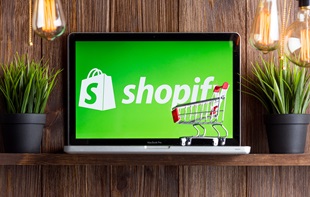


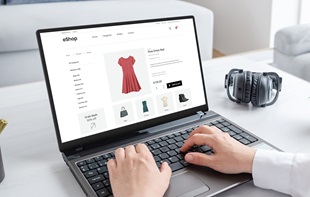






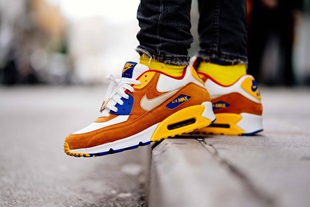

.jpg?mw=310)




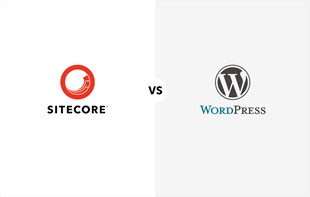
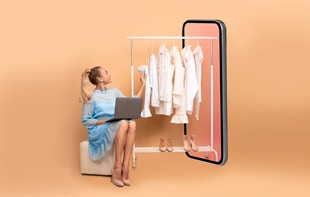



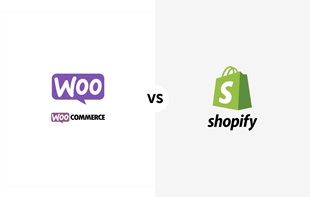





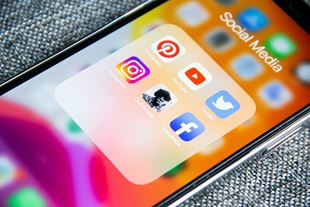


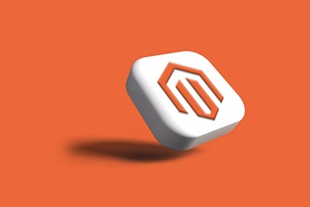




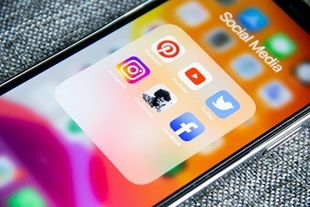










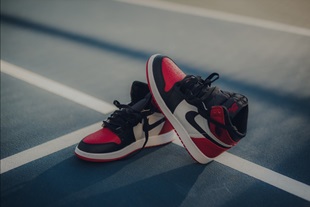
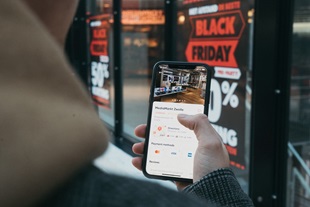




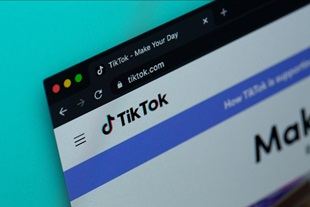







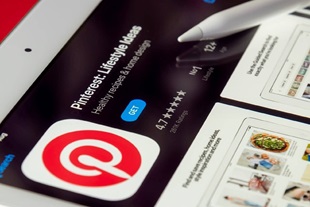

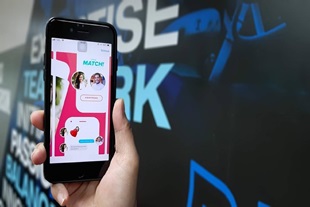










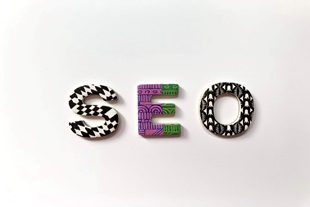



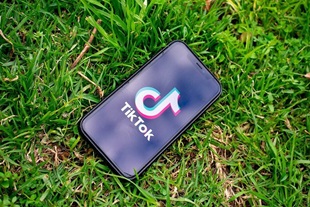







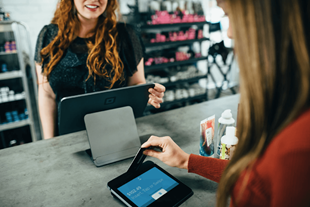













.jpg?mw=310)

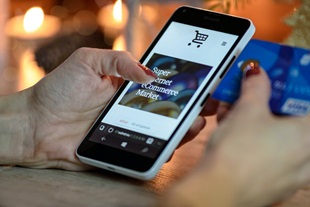


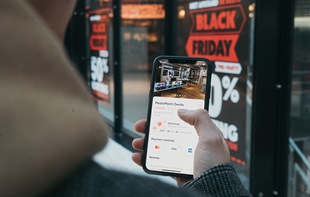

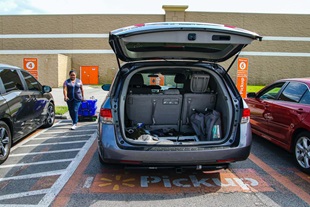











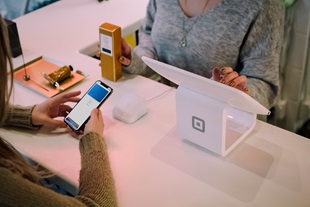













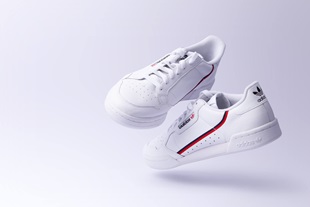








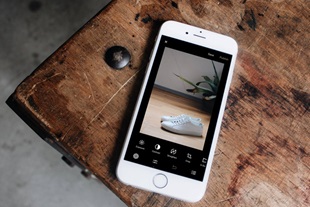






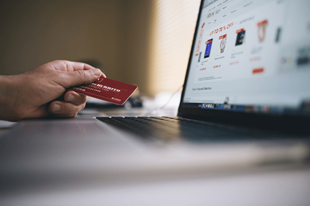


















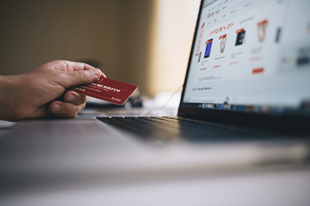



.jpg?mw=310)







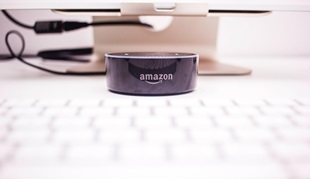












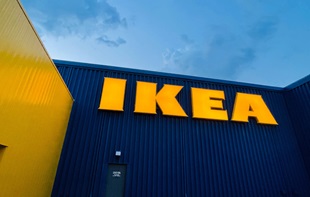

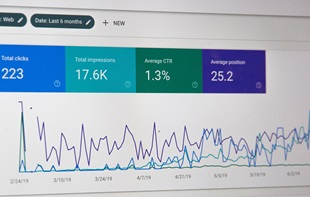

















![The impact of online reviews on your business [Infographic]](/-/media/The-impact-of-online-reviews-on-your-business.jpg?mw=310)


![10 latest trends in digital marketing for beauty brands [Part.2]](/-/media/Appnova/Blog/ScreenShot20151026at1500471940x567/10-latest-trends-in-digital-marketing-for-beauty-brands-Part-2.jpg?mw=310)
![10 latest trends in beauty web design and digital marketing [Part.1]](/-/media/Appnova/BannerImages/18376519151_bbeaa6dafc_b-1/trends-in-beauty-web-design-and-digital-marketing/10-latest-trends-in-beauty-web-design-and-digital-marketing-Part1.jpg?mw=310)
![From story-telling to story-showing: What makes a lifestyle eCommerce? [Part.2]](/-/media/Appnova/BannerImages/ScreenShot20150929at143416/From-story-telling-to-story-showing-What-makes-a-lifestyle-eCommerce-Part-2.jpg?mw=310)










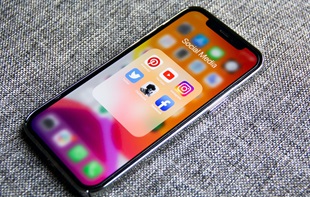












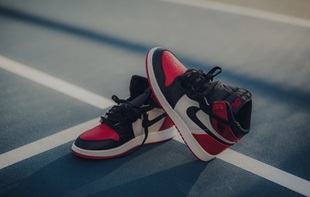

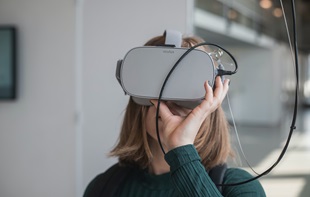






![15 crazy things people search on Google [Infographic]](/-/media/crazy-things-people-search-on-Google.png?mw=310)




![How to LOSE Twitter followers in 15 ways [Infographic]](/-/media/Appnova/Blog/08-internal-768x534.jpg?mw=310)



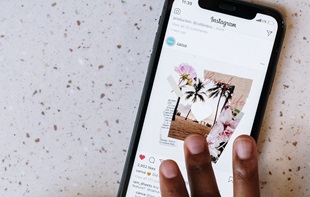

![The generation of me, myself and I – Me-commerce will remain strong. [Infographic]](/-/media/Appnova/BannerImages/mecommerce-cover/mecommerce-cover/The-generation-of-me-myself-and-I--Mecommerce-will-remain-strong.jpg?mw=310)

![A Whole New E-commerce World – Alibaba and the forty others [Infographic]](/-/media/Appnova/BannerImages/camel/camel/A-Whole-New-E-commerce-World-Alibaba-and-the-forty-others.jpg?mw=310)















0.Comments